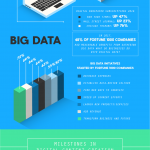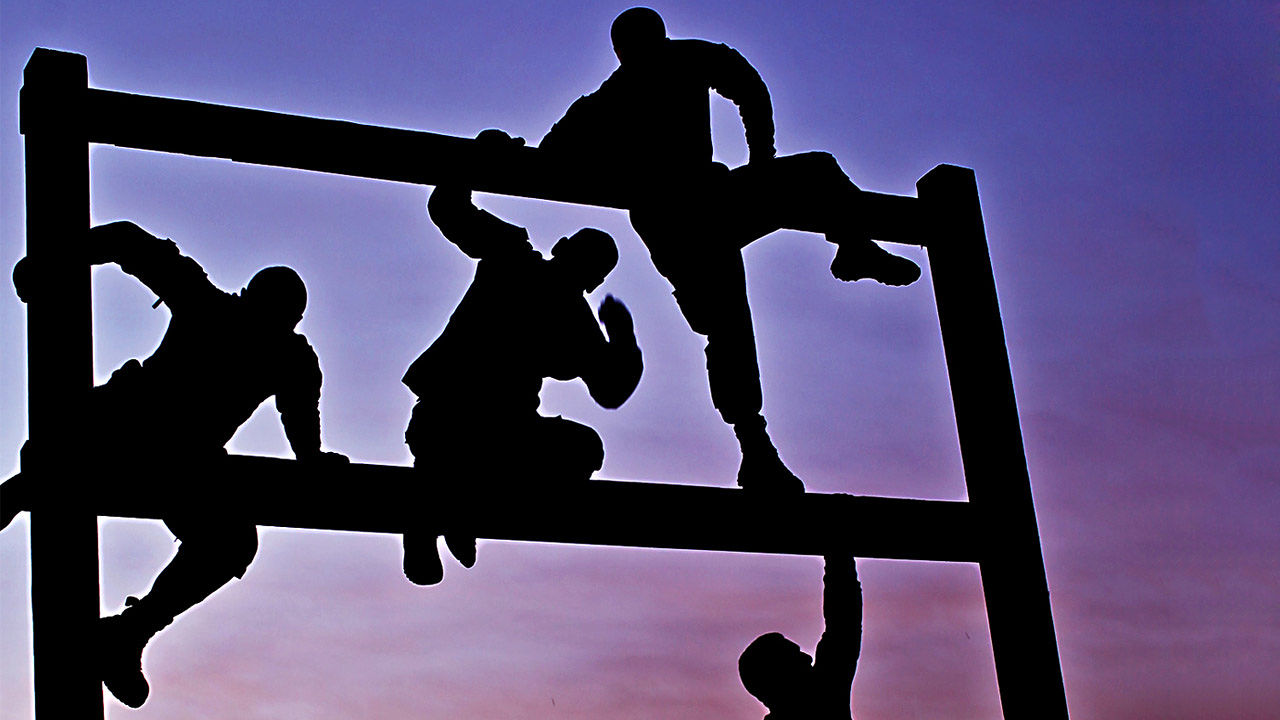How To Test That Brilliant Idea As Soon As It Hits You
Nickelodeon GUTS was a truly great TV show. Airing in the mid-90s, it was basically a kids’ version of American Gladiators in which three lucky kids would compete in a series of physical events, earning points for each one they won. These appetizer events led to the main course, the “Aggro Crag,” an enormous, catastrophe-filled obstacle course shaped vaguely like a mountain.
The faster you got up the Crag (as I would’ve abbreviated it had you asked me to tell you all about the show when I was 12), the more points you earned. It was potentially worth more points than any other event on GUTS. But there was a kicker: If you’d already won events leading up to the Crag, speed was less important. You had time to navigate your way safely to the top.
Why am I telling you all this? Because it’s a great analogy for entrepreneurs to keep in mind: Scaling the Crag is you building your product. It’s going to be hard, and it’s going to be a frantic race to the top. The clock is ticking. But you can add time to that clock by nailing the early stuff—customer, problem, market factors.
In my experience, a shocking amount of startup founders don’t really get this. Many of those I meet with daily have spent months or years on an idea that was doomed from the start. Maximizing your chances for success depends on how early you can test out your idea to know if it’s viable. If you can do that quickly and effectively, you can avoid wasting time and resources chasing something you shouldn’t.
These three questions can help you eliminate the majority of ideas that won’t work. Similar to Charlie Munger’s “mental models,” they’re straightforward but difficult to answer. Whereas his are simple and elegant, mine are based on a mid-’90s TV show. (And before you ask, yes, I tried to make this work with Legends of the Hidden Temple but had no luck, so I went with this instead.)
First, an important caveat: I assume everyone is already formidable. You work hard, you’re passionate, you’re smart, you’re proactive, blah blah blah. Table stakes.
1. What Are You Making?
Yes, this one seems obvious. But I interview tons of idea-stage founders for my startup accelerator Tacklebox every six weeks, and no more than 10% can tell me what they’re making in a single sentence. These are smart people. It’s harder than it seems.
Clarity of thought is a powerful differentiator. Early on, advertising won’t work. You’ll only grow if your customers tell other customers about what you’ve built and why it’s valuable. The longer that conversation takes, the more muddled the messaging will become, and the greater the chance they’ll screw it up—or avoid it altogether. Your customers are your marketing team. Arm them with strong, clear messaging. Make them look smart.
When I was looking for office space in 2012, there were a ton of options. There was no market leader. A friend of mine was running a coworking space and tried to explain it to me:
There’s an application process, but it’s not strict. You’ll probably get in. You just need to decide if you want the nights-and-weekends option or daytime, or both. We call it “on hours” or “off hours.” There’s also the “always” package, which lets you in on the networking talks . . .
Huh?
Next, I spoke with a friend who was working from a new coworking space called WeWork. I’d never heard of it. “It’s a coworking space that lets you rent a desk or an office month-to-month.” Aha. Done.
Freelancers hate commitment. That’s why they’re freelancers. Month-to-month is the pitch. I’ve heard this a bunch: ”WeWork is such a simple idea. How did they win?!” You can’t overestimate clarity of message.
So: What are you making?
Red flag: If you can’t describe what you’re making in a sentence, it won’t work. Simple as that.
2. Is Anyone Listening?
A friend of mine gives speeches for a living. He’s said the best advice he ever got was to ignore the people who aren’t listening. Our instincts tell us the opposite—get everyone involved, spend more time on the people you aren’t reaching. But that’s a huge mistake.
You aren’t going to change anyone’s mind. The sooner you realize that, the better. People will change their minds, but only when they see people like them—people they admire—doing something different and getting results. It won’t be from something you say.
So is anyone already listening? Are people interested in the product you’re building? Are they trying to solve the problem already? How do you know? Can you spend every waking second trying to build something great for those people? Do you even want to?
Clarity of customer goes hand-in-hand with clarity of message.
Your simple messaging becomes even easier to transmit when you know exactly who’s listening to it. And people who are listening will pay for stuff. Which is important.
Red flag: If no one is listening—meaning no one recognizes the problem you’re trying to solve—move on. Educating your first users and then selling them something ain’t happening. Customers that don’t prioritize the problem you’re solving aren’t customers you want.
3. Where’s The Water Cooler?
No one cares about your product now because it doesn’t exist. But when it does . . . they still won’t care. Don’t listen to anyone that says a good product is good enough, especially that ghost from Field of Dreams; if you merely build it, they most certainly won’t come.
Luckily, your job isn’t to make customers care. If you’ve chosen the right customer, they already do. Your job is to get in front of them in a trusted way and strut your stuff. Preferably, right when the problem arises.
The kicker? You have to do this without them taking one tiny step outside their normal routine. They won’t read your blog, follow your Instagram account, or subscribe to your newsletter. What they do today is what they’ll do tomorrow. And you’re not in that plan. So your job is to infiltrate it.
When, where, and why do conversations between your perfect customers about the problem you’re solving occur? How can you join that conversation? How can you influence it?
If you’re a concierge dating service for couples, for instance, the conversations about your product are happening the next time that couple is on a double date. That’s your water cooler, and it’s how your product will spread. So what will that conversation look like? How can you align a feature of your product with something your customers will definitely talk about during that date, so there’s a trigger for them to bring it up? How can you make your customers look awesome in that moment? How can you arm them with a story?
It may seem too early to think about these things—it’s just an idea, right?
Wrong. Consider the Crag: If you can win these early, less glamorous, less pressurized events, you’ll have an easier, more deliberate ascent later. After all, if you can’t insert yourself into these sorts of conversations, nothing else you do will matter. It needs to be in your product’s DNA. You need triggers that are natural and encourage organic growth within your chosen initial customer segment. You need to know where the water cooler is, and how to get there, early.
Red flag: If your customers never talk about your product, you’re in trouble. That means it’s either not a priority or they don’t interact with other users in your chosen customer segment. Both problems are bad. Growing a disjointed customer base is incredibly difficult. Finding channels where they already interact is critical.
There are plenty of other variables that can buy you time on the Crag. But if you nail these three—if you understand what you’re making, who it’s for, and how news of it will spread among your first customers—then your idea has legs. And you’ve found that out pretty much right away. That way, you’ll have a real shot at actually nailing the Aggro Crag.
Fast Company , Read Full Story
(21)














